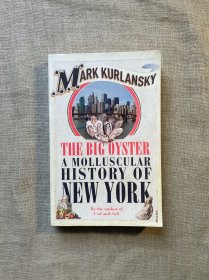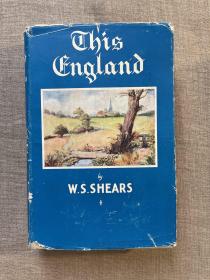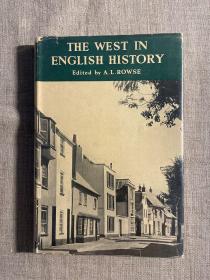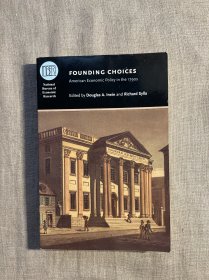
The Big Oyster: A Molluscular History of New York 大牡蛎:纽约另类史 马克·科尔兰斯基【英文版,第一次印刷】
¥ 58 八五品
仅1件
广东广州
认证卖家担保交易快速发货售后保障
作者Mark Kurlansky
出版社Vintage Books
ISBN9780099477594
出版时间2007
装帧平装
页数336页
上书时间2024-09-26
- 在售商品 暂无
- 平均发货时间 8小时
- 好评率 暂无
- 最新上架
商品详情
- 品相描述:八五品
-
无写划,自然老化磨损,书脊有折痕。如有明显瑕疵,已尽可能反映在照片中,详情请仔细查看照片。
所有在售图书,出版社、出版年份、页数、装订形式等信息可能存在误差(部分条目直接套用孔夫子提供的书库信息,部分条目套用亚马逊等网站的图书数据),具体事实以照片展示为准。除照片明确展示以外,默认不含纸质图书以外的任何配件(包括但不限于光盘、网络资源等)。
- 商品描述
-
When Peter Minuit bought Manhattan for $24 in 1626 he showed his shrewdness by also buying the oyster beds off tiny, nearby Oyster Island, renamed Ellis Island in 1770.
From the Minuit purchase until pollution finally destroyed the beds in the 1920s, New York was a city known for its oysters, especially in the late 1800s, when Europe and America enjoyed a decades-long oyster craze. In a dubious endorsement, William Makepeace Thackeray said that eating a New York oyster was like eating a baby.
Travellers to New York were also keen to experience the famous New York oyster houses. While some were known for their elegance, due to a longstanding belief in the aphrodisiac quality of oysters, they were often associated with prostitution. In 1842, when the novelist Charles Dickens arrived in New York, he could not conceal his eagerness to find and experience the fabled oyster cellars of New York City's slums.
The Big Oyster is the story of a city and of an international trade.
Filled with cultural, social and culinary insight - as well as recipes, maps, drawings and photographs - this is history at its most engrossing, entertaining and delicious.
Mark Kurlansky is the author of Cod: a Biography of the Fish that Changed the World (winner of the Glenfiddich Award for the Best Food Book in 1997), The Basque History of the World, Salt: A World History and Choice Cuts: A Miscellany of Food Writing. He lives in New York City with his wife and daughter.
— 没有更多了 —





















以下为对购买帮助不大的评价